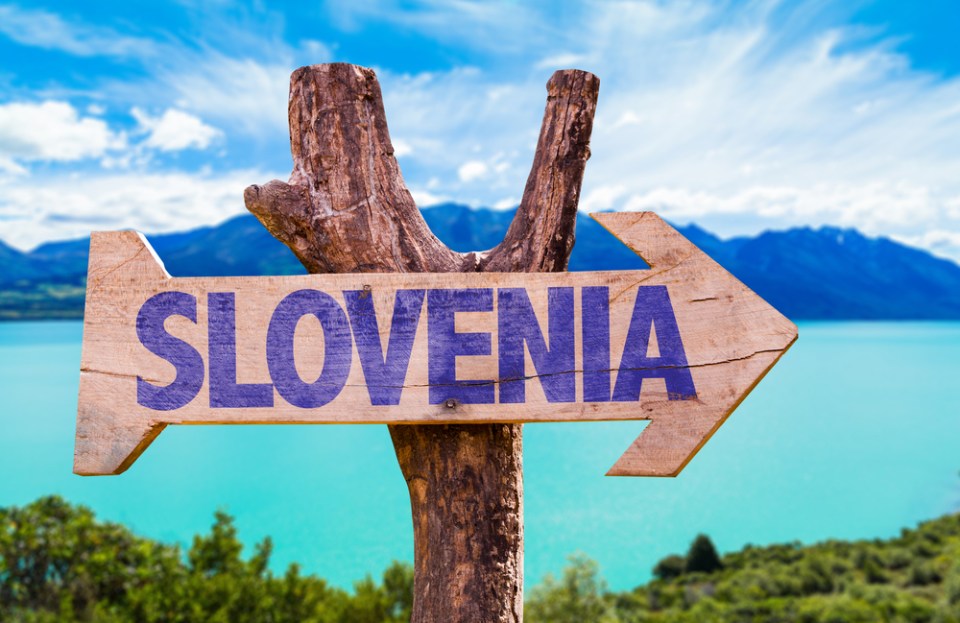Slovenia: A Brief (Modern) History
For the majority of the 20th century, Slovenia was a member of Yugoslavia, a federated nation that existed between 1913 to 1941 and again from 1946 to 1992. The Second iteration of Yugoslavia was a one-party socialist state mainly modeled after its neighbor, the Soviet Union. Josip Broz Tito, commonly referred to as Tito, half Croatian and half Slovenian, ruled over Yugoslavia from 1946 to 1980. Though it was considered the most open and free of communist regimes, repression in Yugoslavia was prevalent, freedoms were limited, and the economy struggled, lagging behind other nations, especially during the 1980s when inflation and unemployment emerged as serious problems. Since being freed from the shackles of socialism, Slovenia has been largely stable, furthering its ties with the West. Slovenia became a member of NATO and the European Union in 2004. The Slovenian economy has experienced hiccups (notably in the early 2010s) but, on the whole, has been prosperous, continuing to grow steadily into the 2020s.

Photo by depositphotos.com
Visiting Slovenia
Visitors to Slovenia are amazed by its stunning natural beauty and drastically diverse landscapes. Despite being a small country, Slovenia packs more within its borders than many larger countries worldwide. Slovenia’s official tourism website notes that in Slovenia, “four different worlds are combined into a magnificent symphony that can be felt in culture, gastronomy, and natural wonder.”
Slovenia’s Four World’s
Alpine Slovenia
Northwestern Slovenia is home to the highest peaks in Slovenia, featuring two mountain ranges- the Julian Alps and the Kamnik-Savinja Alps and the picturesque Pohorje Hills. The region wows tourists with its gorgeous alpine lakes like Lake Bled, which features a large body of water surrounded by dense forest with the alps rising and forming an impressive backdrop. The lake features Slovenia’s oldest castle, Bled Castle, perched on a cliff overlooking the lake; the medieval castle built in 1004 provides guests with a glimpse into long-standing Slovenian history as well as interactive activities like printing your own memorial document at the castle’s printing works and the ability to bottle and seal your own wine in the castle cellar. Lake Bled is also home to a small island that features an impressive staircase that leads guests from their boats up to the 170 ft. tall 17th century-built baroque-style church, translated into English as…
Click Here to Read the Full Original Article at Unusual Places…